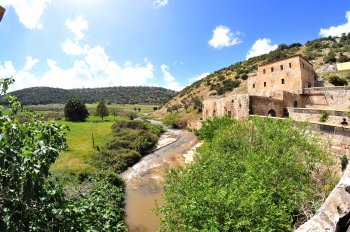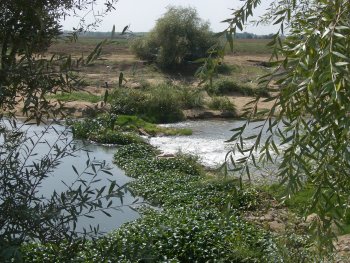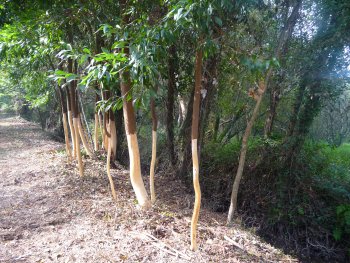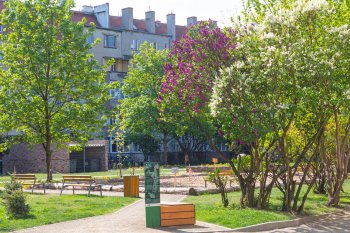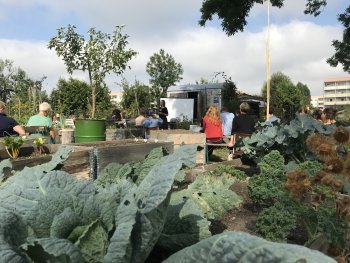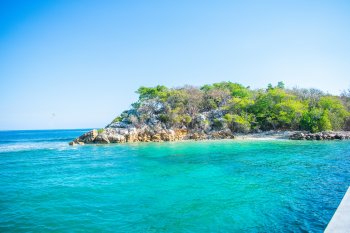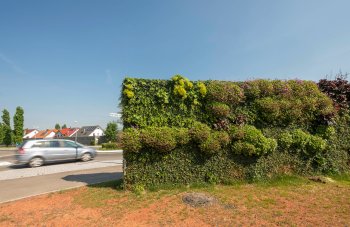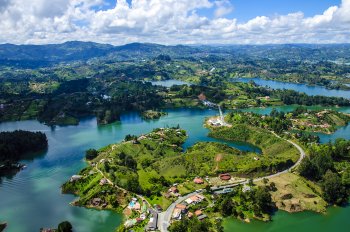Upscaling the Tzipori river restorations in Israel
After a decade of restoration measures along the Tzipori stream in Israel, this case study will monitor their success and aims at upscaling measures to the watershed scale in order to create a model for management of stream basin rehabilitation.
This case study is one of 17 that are part of the EU Horizon2020 project MERLIN - Mainstreaming Ecological Restoration of freshwater-related ecosystems in a Landscape context: INnovation, upscaling and transformation.

